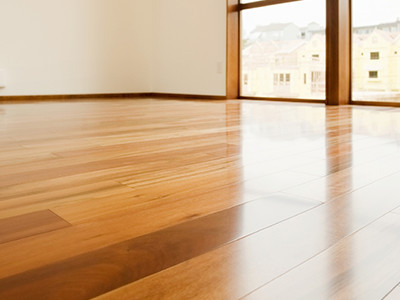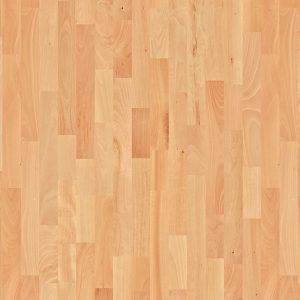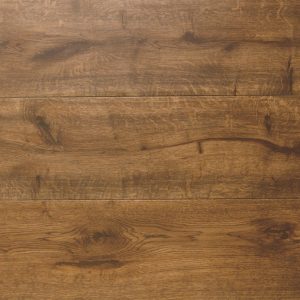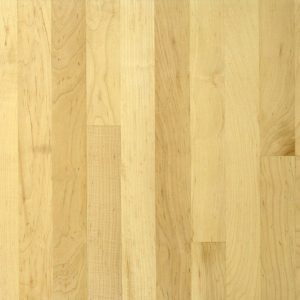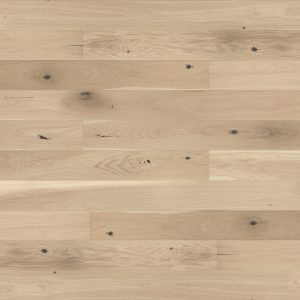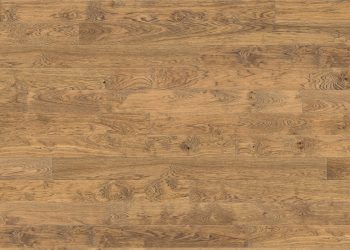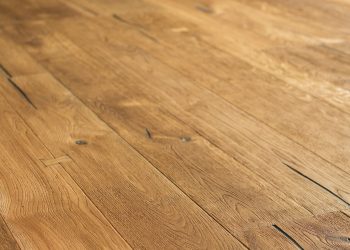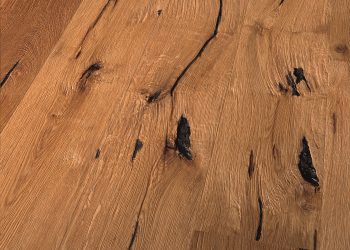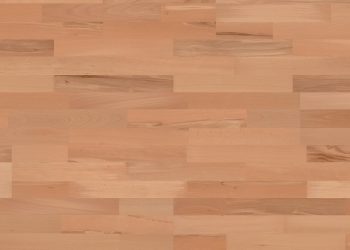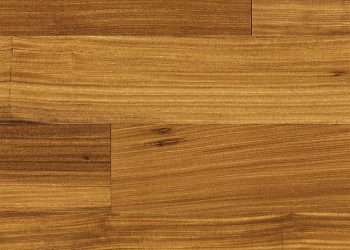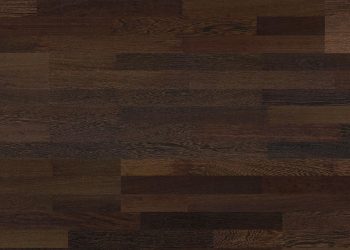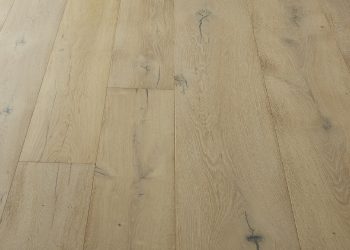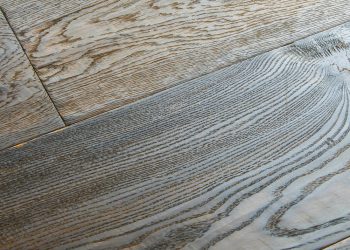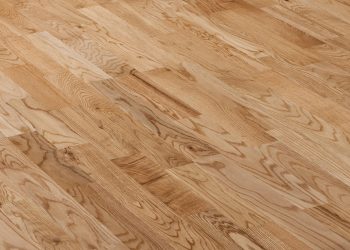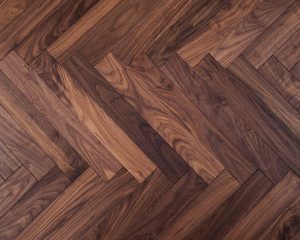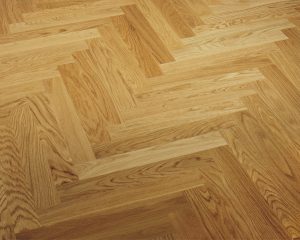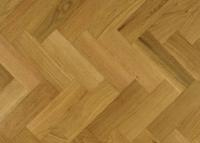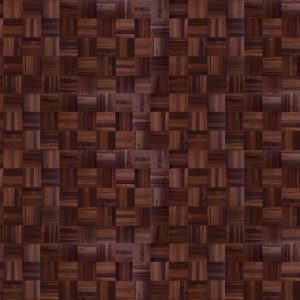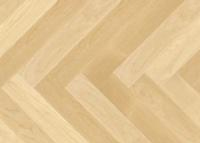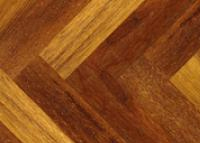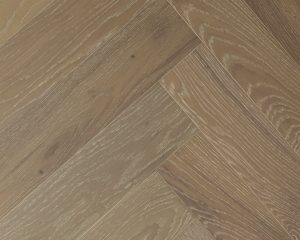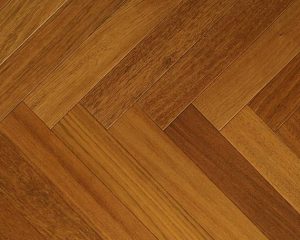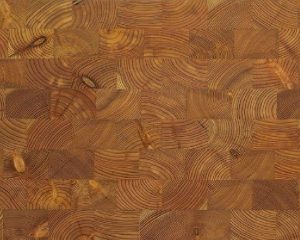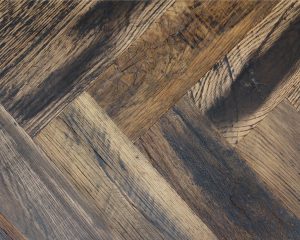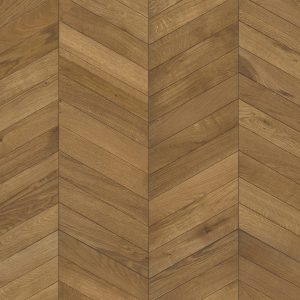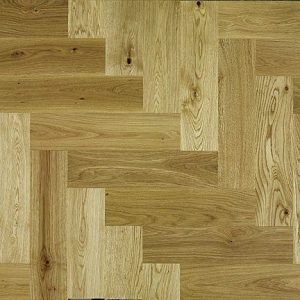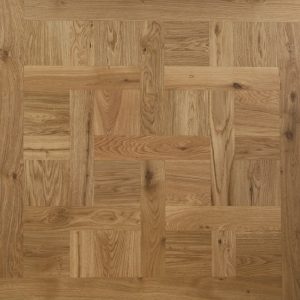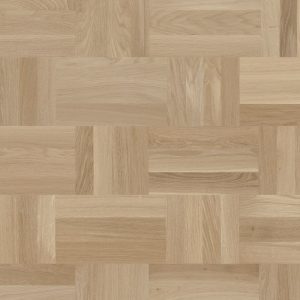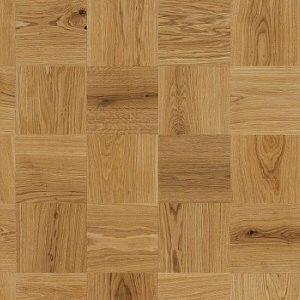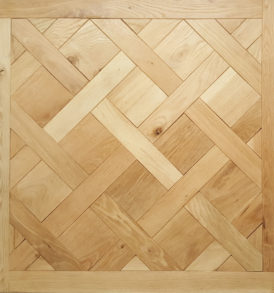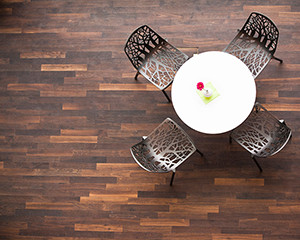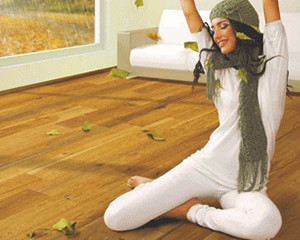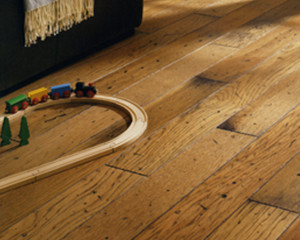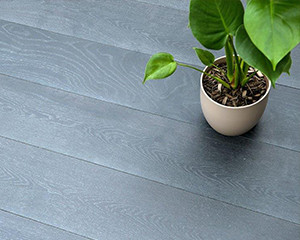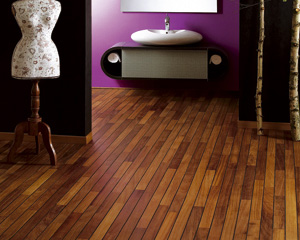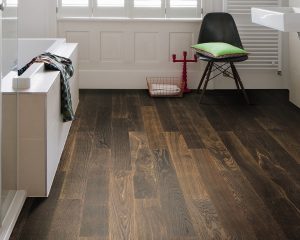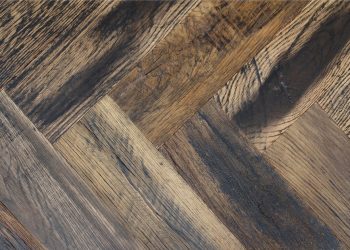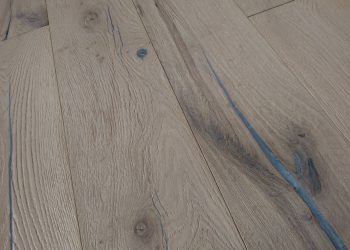There are 2 types of hardwood flooring types and that’s solid and engineered hardwood flooring, it’s the most common question that people ask which hardwood floor is better, both have their pros of which solid hardwood flooring has more cons.
| Solid Hardwood Floor | Engineered | |
|---|---|---|
| Can I use with underfloor heating? | No | Yes |
| Can I install in a basement (below street level)? | No | Yes |
| Can I use it on concrete substrate? | Yes | Yes |
| Is it warm to walk on? | Yes | Yes |
| Can I use it in a Kitchen? | Yes | Yes |
| Can it be installed in a bathroom? | No | No |
| If it scratches can it be rectified? | Yes | Yes |
| Can I re-sand / refurbish the floor? | Yes | Yes |
| Is the hardwood floor durable? | Yes | Yes |
| Can it handle issues with humidity in the room? | No | Yes |
| Is it ecologically future proof production wise? | Yes | Yes |
Based on hardwood flooring being installed to standard industry installation and our own specification guide lines.
Solid hardwood floors are exactly as described — Each board of solid hardwood flooring is made from a single piece of hardwood that’s commonly 18mm thick, because of its thickness it can be sanded down but NOT as commonly believed to the entire thickness as only the top 4-5mm of the 18mm plank / 6mm of 20mm plank can be re-sanded and re-finished as the rest of the planks thickness is structural.

The biggest negative with solid hardwood flooring is that it shrinks and expands depending on the humidity where installed. During the winter when it’s drier, solid hardwood floors will shrink but when there’s more moisture in the air, like in the spring or summer, hardwood flooring will sill expand when the heating is turned high whilst during winter when it is very cold and wet weather.
We always advise that solid hardwood floors must and should be installed by experienced installers and advise to leave the right amount of space for the natural hardwood expansion and contraction.
All the individual boards must be fixed adhered to the solid substrate using the correct materials to the substrate, failure to do so will entail the floor to over-expand and buckle. Solid hardwood flooring must NOT be installed as a floating floor.
Engineered hardwood flooring is made of layers of wood which are bonded together with modern materials under intense heat and pressure to create an extremely robust adaptive structure with a solid piece of the wood species that is adhered as the top of the structured layers
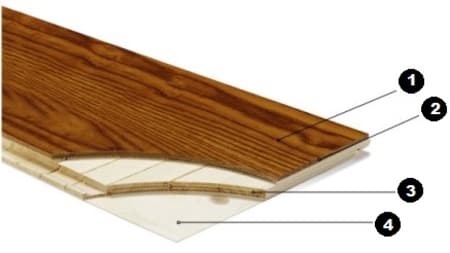
- Lacquer or oiled finish are factory applied and is ready to walk on once installed
- Solid hardwood layer of species of 3-6mm dependant on the overall thickness of plank
- Structure of board which gives it strength and dimension stability
- Backing layer made of pine or spruce for assured structure stability
Because of this process, engineered hardwood flooring is not affected by humidity as much as the solid structure as it does not shrink or expand, this makes engineered hardwood flooring more resistant to warping and cupping thus the reason it is considered very strong and stable.
Engineered hardwood flooring can also be sanded and refinished as many times as its equivalent solid hardwood counterpart (like for like thickness).

The red dashed line shows how much of a single plank of solid wood that is practically usable leaving the rest of plank wasted for structural use. A single piece of milled engineered hardwood can offer the same usable wear layer on a structurally more stable and adaptable plank to that of a solid plank.
The application of using engineered hardwood floors on any type of substrate makes it the No1 preferred choice of hardwood flooring by professionals and architects.
Solid hardwood, when installed on to a concrete substrate, can cost on average £220 for every 12m2 (installation materials) whereas engineered hardwood flooring which can go over any type of concrete substrate for fraction cost of £50 using quality underlay and materials.
There is a common conception that Hardwood and water/moisture don’t mix, which in theory is true but when you travel to Scandinavian countries you will Hardwood flooring is used in bathrooms and kitchens and the reason for this is that they respect this natural floor covering and apply due care to maintain the Hardwood flooring and not allow water to sit for long periods.
If you like the look and feel of hardwood flooring in a bathroom then we have Navylam+ which is the only Hardwood flooring that is guaranteed for use in a bathroom in the UK and is exclusive to Maple & Birch.
Professionally we stand by our opinion and advisory that engineered hardwood flooring is absolutely fine for use in the kitchen. With normal wear and tear, it can get scratched or dented by falling objects or utensils but unlike any other floor covering goes, it can be refurbished. As regards the potential damage from water and mold no problem, just use common sense and wipe up any spills as they occur and don’t wet mop the floor.
Engineered hardwood flooring can handle moisture levels found in most basement concrete substrates, which is generally higher than on the ground level just be sure to ensure the correct moisture barrier is used/applied with a quality underlay.
At the end of the day, if enough water/moisture is absorbed by any hardwood floors it will swell and cup which is why you never wet mop any type of hardwood floors no matter what.
Come and view our range of engineered hardwood floors which is the UK’s biggest range online:

